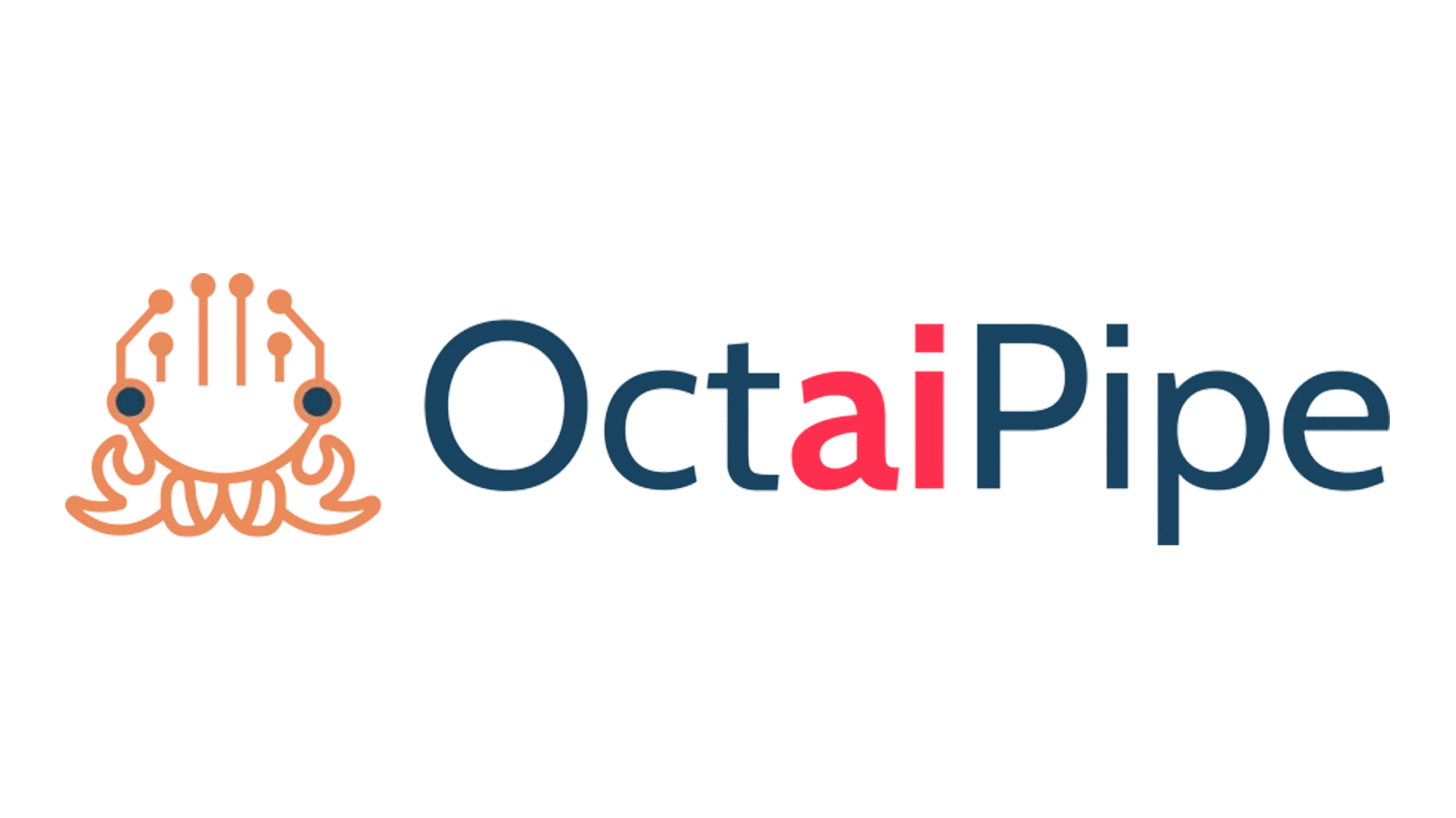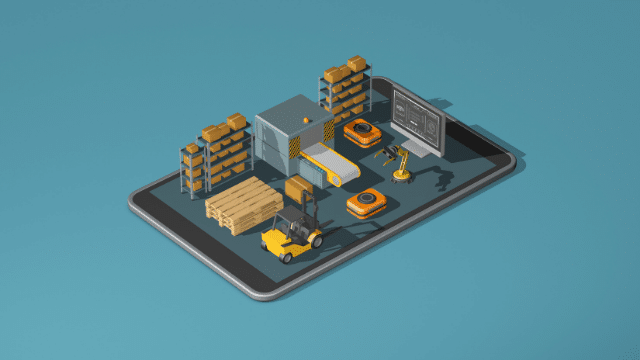
How can we use analytics to try and address or mitigate some of those supply chain risks or risks within that supply chain ecosystem? How can we best use some of these analytics?
Venkat Kotaru (V) – First and foremost, with supply chain analytics, there is a risk around data gathering. There is a data bias or sampling bias; the human capital has preconceived notions around what to capture and what not to capture. This carries several challenges. For instance, how much data do we need to capture? Is that assumption data? Did we include all the stakeholders as part of this information gathering? Have we reached a point where we can make an informed decision?
Those shortcomings are what organizations need to consider as far as running the analytics and producing certain results and metrics.
Deepak Jose (D) – There are a few aspects to consider and one of the initiatives which have been a part of mitigating and reducing risk, revolves around predicting out of stock situations
In 2021, we have seen that our out of stock situation tripled compared to the previous year and we will be looking at sorting it out this year.
One of the main reasons that these out of stock situations are happening is due to the shift in the channel and the change in the preference of the consumers about what kind of products they buy.
For instance, regarding our portfolio simplification initiatives, which are about reducing the complexity of the supply chain and optimizing the demand, as part of innovation, we have created a specific kind of stock-keeping unit (SKU): a scannable bar code, that allows vendors to automatically track the movement of inventory. After we started selling our products though, we kept on adding new SKUs instead of reducing their number.
The leadership team decided to reduce that SKU by 25% through a rigorous analytical process on identifying the SKUs that we decided to delist based on preferences.
Portfolio simplification is a good example where we can use data and analytics to understand what are the SKUs which we should potentially delist, but also understanding and forecast the demand of specific SKUs and what alternative we could offer.
This is one of the examples where data and analytics can help minimize the supply chain risk not only by identifying areas at risk but also proactively taking actions and giving options to the business, to make the best decision.
What are the key techniques that you are using to improve the supply chain through analytics? What re the key approaches that within your organisations?
D – When we think about building solutions for analytics, we think about it in four different layers.
- The first layer is the data engineering layer.
- The second one is the data modelling layer.
- The next one is data visualization.
- And finally, the insights layer.
Data analytics is not only about data to insights, it is all about insights to action, as well. In some cases, we noticed that the supply chain requirements of some of our customers are quite different along with how the collaborative planning, forecasting and replenishment, (CPFR) team operates between different customers.
Producing data to insights is not the easiest task as we need to integrate several demand variables; the supply variables to build that specific data foundation, that then perform data quality assessments and messaging to build the right time series forecasting or the attribution model to forecast to generate the insights.
We should generate these insights and proactively work with the customer teams and in many cases, you would see it is not really about the agility of a manufacturer, it is also about the agility of the customer, which will help us solve in reducing the or implementing these insights as well.
The more we can build a strong partnership with the manufacturer and the customer who subsequently interact with the consumer, the better.

Regarding how analytics improve an organization's understanding across every aspect of their supply chain, How can analytics drive that understanding?
D – Depending on which analytics practitioner you talk to, analytics could mean a lot of different things. One thing that we generally focus on is to fundamentally understand from a descriptive and diagnostic standpoint, what is happening in the business in the past, by looking at the data. Diagnostic instead is more about why is it happening now rather than what happened in the past.
These are a couple of areas not only limited to the supply chain, but across the entire analytic spectrum across different functions and these are relatively less complex problems, which gives you some immediate low hanging fruits, but it gives you some incremental value.
One of the key activities we started was to move from descriptive and diagnostic analytics to predictive and prescriptive analytics.
By moving towards predictive and prescriptive analytics, we have seen in any functions within sub-functions within supply chain or demand.
When you think about the interval supply chain, the key decision that you need to take as an organization is is the area that you want to focus on. Do you want to keep on solving the diagnostic? Or should you keep on experimenting in predictive and prescriptive, which can drive more value?
At Mars within our theme, we have decided we are going to focus more on predictive and prescriptive, which has generated significant value creation for us from profitability improvement or a cost reduction or revenue growth, which has helped us build the business case to keep on getting the investment, at the same time reducing the organizational risk as well.
How can we achieve buy-in within an organization? How you achieve financial commitment for analytics projects and transformation projects?
V – Organizations before they proceed with the analytics and data collection, need to answer if the information that’s being procured is sufficient and if it aligns with the business strategy that they have in place, and if it addresses some of those complex problems
The capabilities that need to be built in our business model are around how we can build the capabilities around the analytics.
Proof of concept, for instance, are short projects wherein the stakeholders can be shown some of these results that can help to get a buy-in from them and can influence the stakeholders in procuring some of those funds. So we have noticed is the proof of concepts and running some pilot projects are enhancing the buying capabilities within the organization for the financial commitment.
How do these types of analytics help businesses anticipate shifts in demand? And how does it proactively help organisations manage their resources?
D- Why would an organization want to invest in any analytics project is the question that we want to ask first.
The first one is a data-led approach, in which an IT organization automate all the right data for the business and then they’d hand it over to the business to generate insights, and then subsequently take action on it.
The second one consist of insights led approach, which is mainly about thinking about the traditional organization of consumer marketing insights (CMI) organization, where the IT company will give you an insight over some time but they won’t worry about the Data Automation, neither they are worried about the action, but they give you excellent insights.
The third is the value-led approach to predictive or prescriptive analytics, which means you do analytics where the decisions can be taken. Instead of building a huge data foundation to generate some knowledge and insights and to generate some action to create some small value, we need to change our mindset to what is the value that we can create from creating that value? What are the actions that you need to take and for taking that action? What are the knowledge and insights and what is the data that you need?
So if you can significantly change your mindset to a value construct, I think the financial investments are going to follow and at the same time, you will be able to focus on predictive and prescriptive, which are going to in turn give you insights that will add to the organizational goals

Where do you see the future of supply chain analytics going from here?
V – Supply chain cycle times are going to reduce much at a faster pace. Organizations need to think about how to manage their cash and the receivables in their process. The inventory turnover will need to be pretty high and with a higher inventory turnover and if the FSA rules are not working the way they are supposed to, then organisations will have cash issues.
On the other end, when you are making payments to the organization, they are making payments to their vendors, and they also require that these payments must be made on time so they can achieve, cash surplus,
The cycle times are going to reduce much faster in the future and because of the agile practices, we don’t have much time to implement certain deployments and this translates into better customer experiences.
D – In the long term we should not think about supply chain analytics, but integrated demand and supply analytics.
At a functional level, supply chain analytics is going to get mature. And even if you think about our organization, we are divided based on functions, which is a very traditional mindset. In the future, we will move away from a functional hierarchy structure to a network of problem solvers and I believe that in a few years, instead of a supply chain analytics conversation, we are going to have enterprise analytics or a network analytics conversation.



